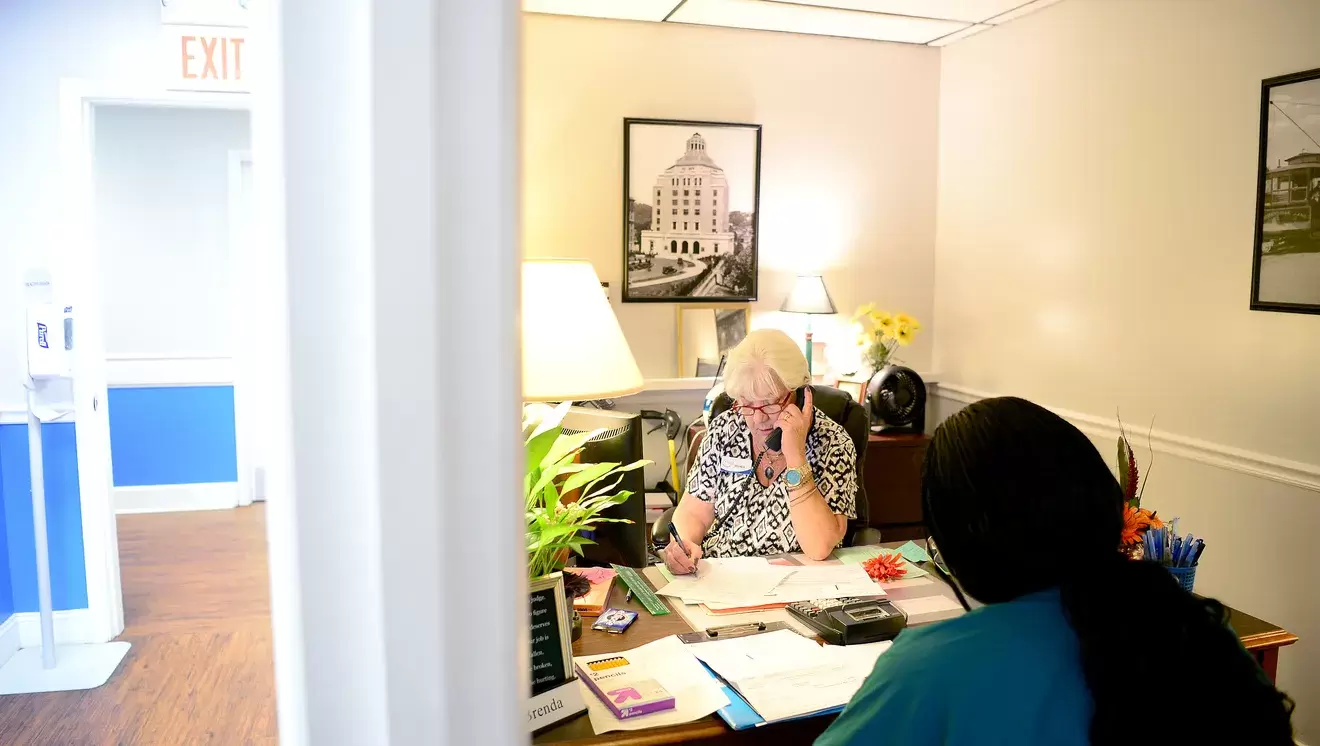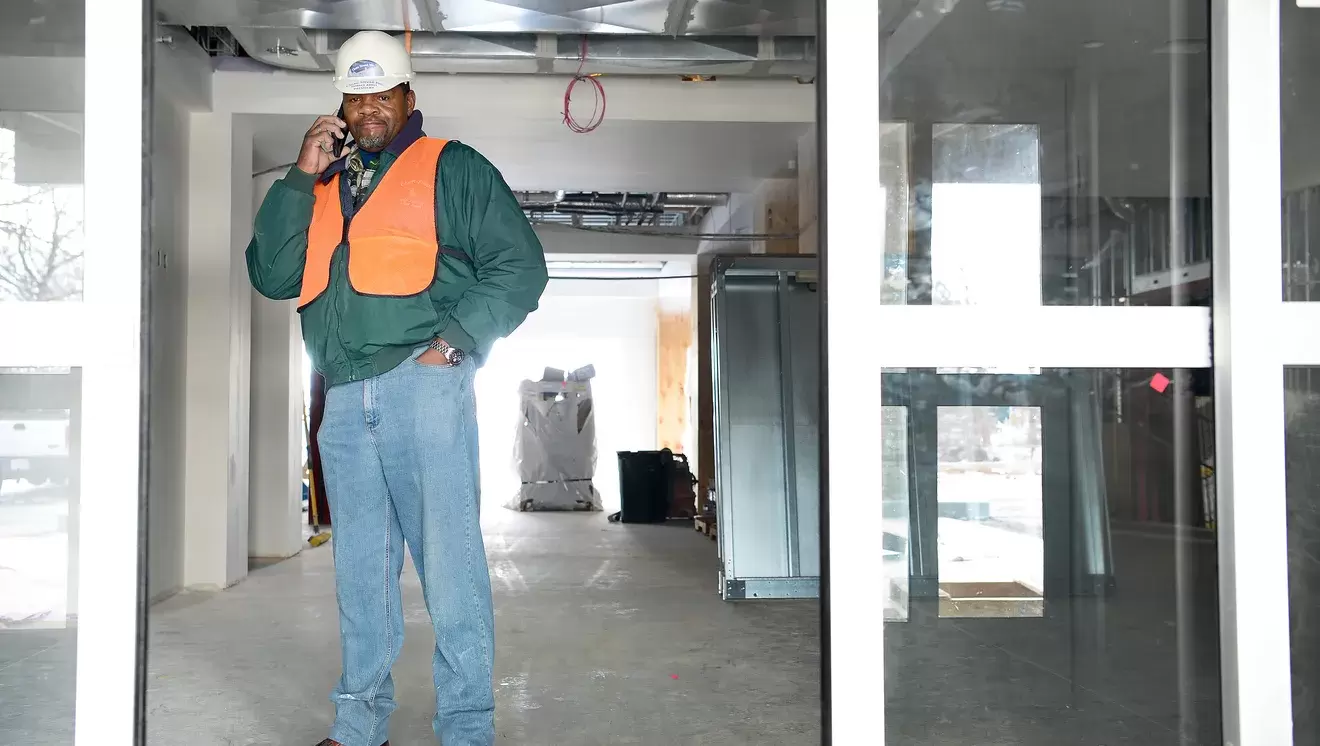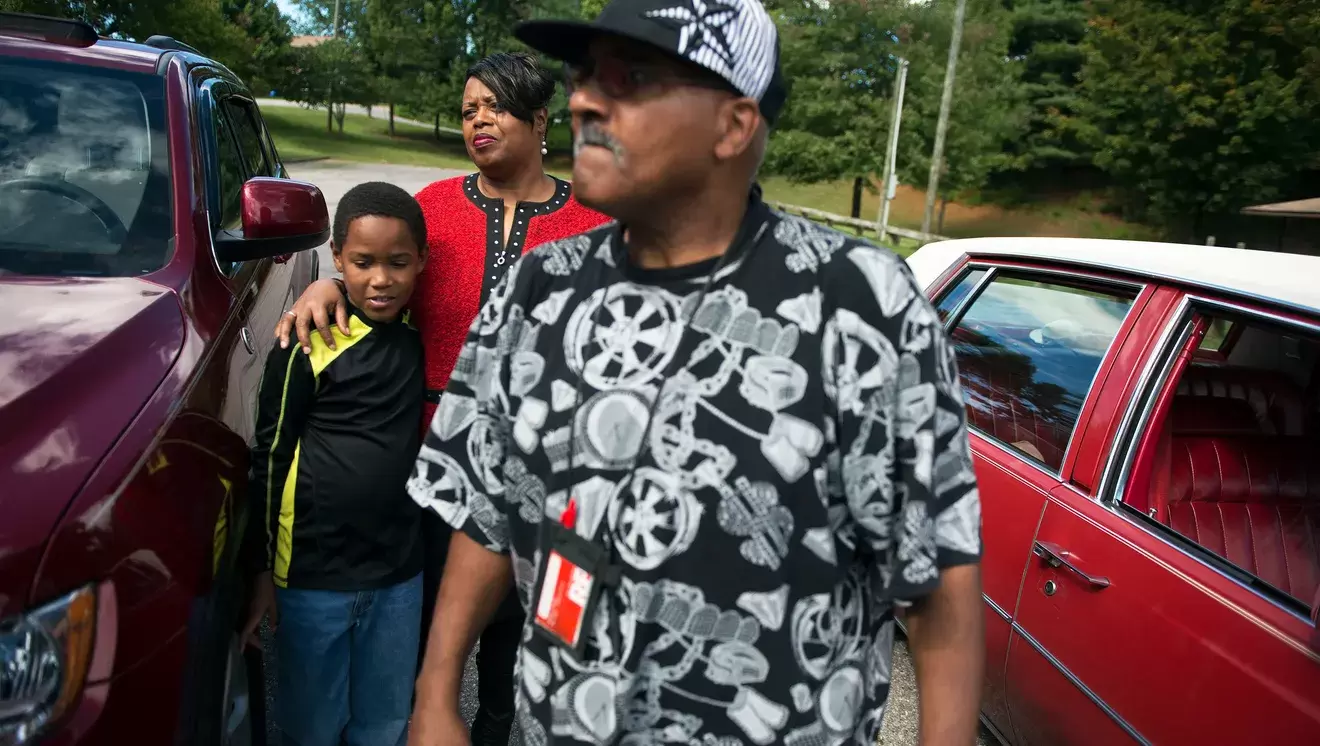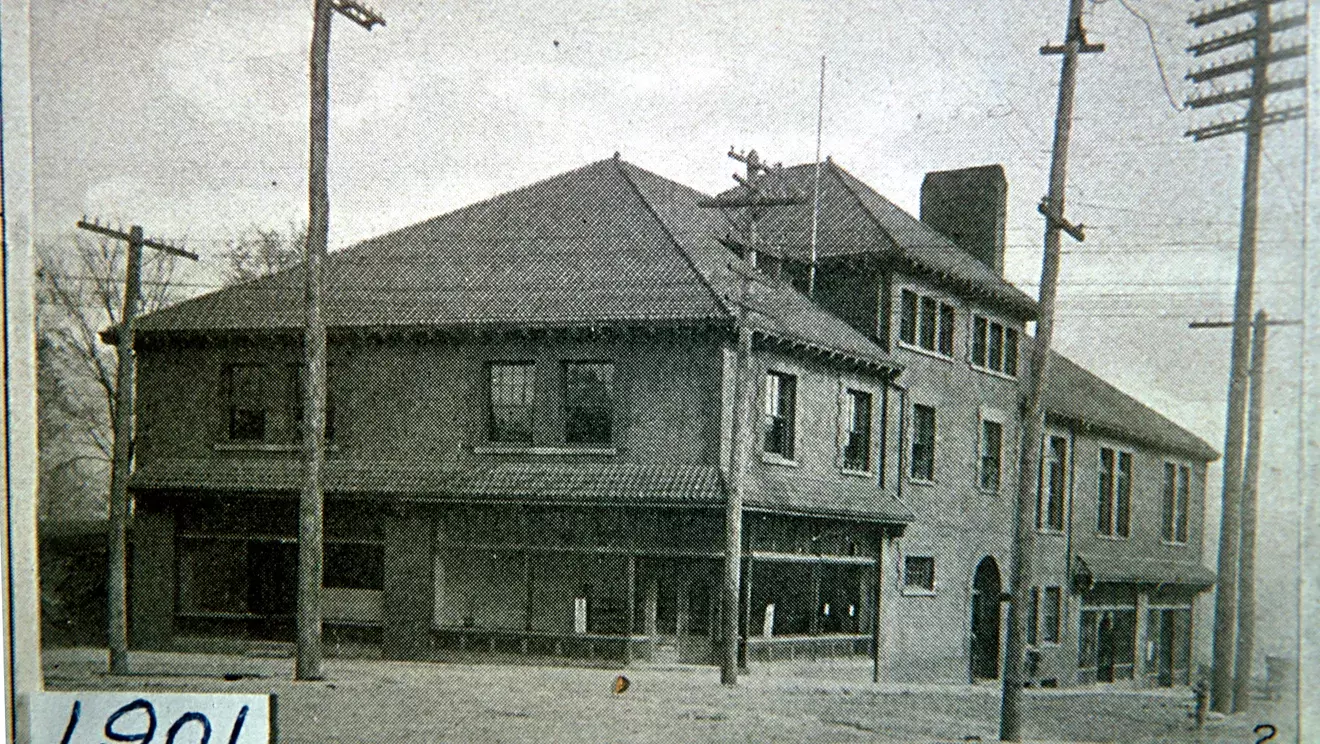Reporting with Data

WNC Poverty: A look behind the numbers
ASHEVILLE - Regional economist Tom Tveidt was a bit befuddled when he saw poverty numbers rise in Western North Carolina's metro area despite drops elsewhere. Those who work with the poor day in and day out, however, weren't as surprised. Nearly 17 percent of the population in Asheville lived in poverty in 2015, a 32 percent gain from the previous year, despite drops statewide and nationally, according to the U.S. Census American Community Survey data released in September. Read more at Citizen-Times.com or by clicking here. |
WNC Poverty |
|
Buncombe close to ending veteran homelessness
Local agencies say that by January no veteran will be forced to live on the streets The smell of cornbread wafts through the two-bedroom home off Mullberry Street in Woodfin. Bobby Lewis is making himself dinner. He has pork chops marinating in the refrigerator, baked sweet potatoes in the oven and collard greens on the stove. At 6 feet 5 inches tall, Lewis is a lanky man who speaks emphatically about his faith in Jesus Christ and the misgivings of his past. His wiry arms wave about as he tells the tale of his coming of age. His mother raised seven boys in the small town of Emporia, Virginia. Lewis was the shortest of the lot, he said, with a goofy grin spread across his face. Read more at Citizen-Times.com or by clicking here. |
Homeless Veterans |
|
Asheville's Minority Business Program lags
Asheville's Minority Business Program lagsASHEVILLE – With millions in government contracts at stake in a sweeping riverfront redevelopment, advocacy and community development organizations are questioning whether the city is doing enough to ensure local businesses owned by African-Americans share in the work. The city is set to accept bids soon for jobs tied to the East of the Riverway Multimodal Network project— a $36 million River Arts District makeover to improve roads, build greenways and add sidewalks linking thousands of homes with businesses, parks and schools. Read more at Citizen-Times.com or by clicking here. |
Municipal Contracting |
|
Upgrades needed: What's the fate of Asheville's pools?
ASHEVILLE — For now, they sit empty, the large concrete boxes that during the hot, summer months are overflowing with chlorine-infused recreational fun. But during the summer, city pools provide not only a refreshing place to take a dip, they also serve as a public place for families to gather and children to play. In Asheville, these places are in bad shape. They're timeworn, and they don't meet federal standards. The city's pools are all more than four decades old. One, Malvern Hills in West Asheville, was built in 1921. None is in compliance with the Americans with Disabilities Act, and all are sorely in need of upgrades, said Roderick Simmons, director of parks, recreation and cultural arts for the city. Read more at Citizen-Times.com or by clicking here. |
Municipal Spending |
|
Asheville's YMI: A neglected dream?
Has the historical landmark lost its roots? Is there money to save it? ASHEVILLE - There was a time when the YMI was the only place Marcell Proctor felt safe. The 1955 graduate of the then-all-black Stephens Lee High would meet uptown with his friends every Sunday. Doors to the Young Men’s Institute on the corner of Eagle and Market streets were rarely locked. The boys would play basketball and shoot pool in the three-story, 18,000-square-foot masonry building accented with stone, brick and wood inflections. They’d hangout at the soda fountain in the drugstore on the main floor, drinking Coca-Cola and enjoying ice-cream sundaes before walking to catch a show at the nearby Plaza Theatre. There, they would have to use the back door. Read more at Citizen-Times.com or by clicking here. |
Municipal Grants, Nonprofit Budgeting |
More stories with a data focus
- Battling for the right to work while pregnant in NC (U.S. Equal Employment Opportunity Commission data)
- Journey for young immigrants often ends with deportation (U.S. Immigration and Custom Enforcement data)
- A citizen of nowhere living in Asheville (U.S. Citizen and Immigration Services data)
- Hope for peace emerges after deadly time in Deaverview (Municipal crime data)
Proudly powered by Weebly



